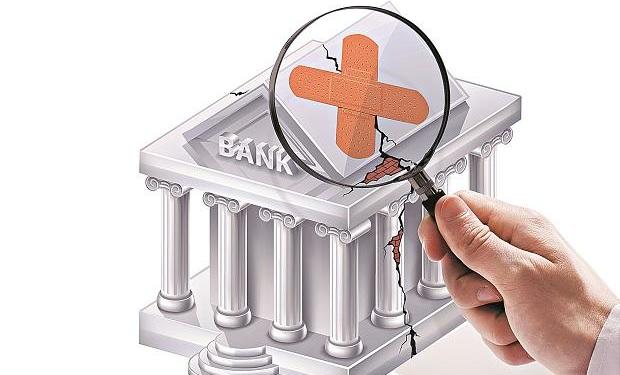India had ‘socialism without entry’ before economic liberalization in the early 1990s. This had a negative impact on the economy and gave ‘Hindu rate of growth’ to the country. The problem was solved in the early 1990s as the country moved towards a capitalist economy with the advent of economic liberalization. However, the larger framework of the political economy of the country remained ‘capitalism without exit’. The lack of a proper framework for insolvency amassed huge Non-Performing Assets (NPAs) which hampered the health of the banking sector as well as the growth of the economy. Modi government brought path-breaking policy as an Insolvency and bankruptcy Code (IBC) to solve capitalism without exit problem.
The gross NPA of the country is INR 10 trillion rupees which is equal to 6 percent of the economy of the country or equal to the GDP of West Bengal. India has the second largest share of bad debts in the world with 9.6% NPAs of total loans. Only Italy is ahead of us with 16.4 % of NPAs, while other major countries like the US, China, and Japan have 1.1, 1.7, and 1.3% of NPAs respectively. The huge NPAs hurt the lending capacity of banks and credit crunch took a toll on economic growth. The government has to put 2.11 trillion rupees in public sector banks to revive the credit and push capital adequacy to Basel III norms.
The cases started flowing to National Company Law Tribunal (NCLT) from January 2017 and as of September end 212 cases have been resolved through liquidation and 50 cases have been approved for resolution. In the last two years, almost 2,000 cases were submitted for resolution to NCLT. The creditors have been able to recover almost 58 thousand crore rupees out of claimed 1.26 lakh crores. The recovery rate is around 46 percent in comparison to 26 percent in the Pre-IBC era. Out of total NPA of 10 trillion, 4 trillion is expected to pass through IBC by 2019.
According to corporate affairs secretary Injeti Srinivas, 3 trillion rupees has been recovered so far in two years due to implementation IBC. 3500 cases with default around INR 1.2 trillion rupees was withdrawn from NCLT because creditors recovered money by threatening the debtors about going through IBC. However, the pace of resolution under IBC is still slow despite the fact that law has put time constraint. “The two major challenges facing the NCLT process are clogged pipelines and the unsuitability of the method for some classes of stressed assets, especially power and small and medium enterprises (SMEs). At current clearance rates, resolving the whole NPA problem could take another six years or so,” wrote former chief economic advisor Arvind Subramanian in his book ‘Of Counsel’: The Challenges of Modi-Jaitley Economy.
The Insolvency and Bankruptcy Code (IBC) is proving to be the most powerful weapon against the NPA problem, even the Economic Survey 2018 mentioned that the new Insolvency and Bankruptcy code (IBC) was helping to improve the health of banking sector. Earlier several Indian companies were defaulting on their loans intensely because initially there was no law to dissolve their companies. The promoters were sure that the management of the company will not go out of their hands. They were taking loans from the government banks by bribing the employees with the intention of never returning the loans back. Since India brought the Insolvency and Bankruptcy Code, companies are now running after the banks to pay back their dues, because the IBC rules barred promoters of companies that are classified as non-performing assets (NPAs) from bidding for these companies.































